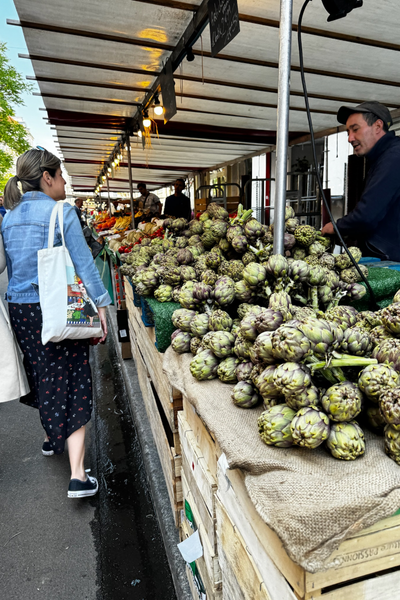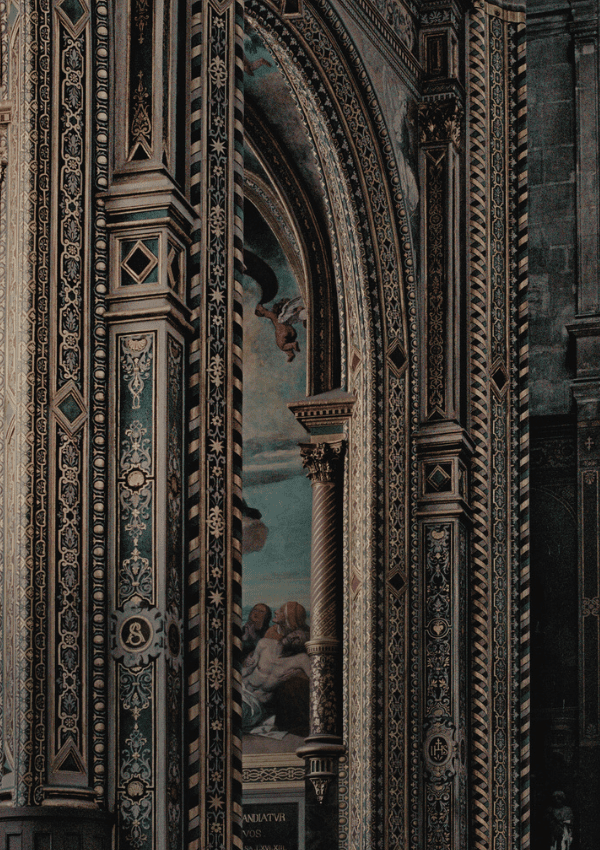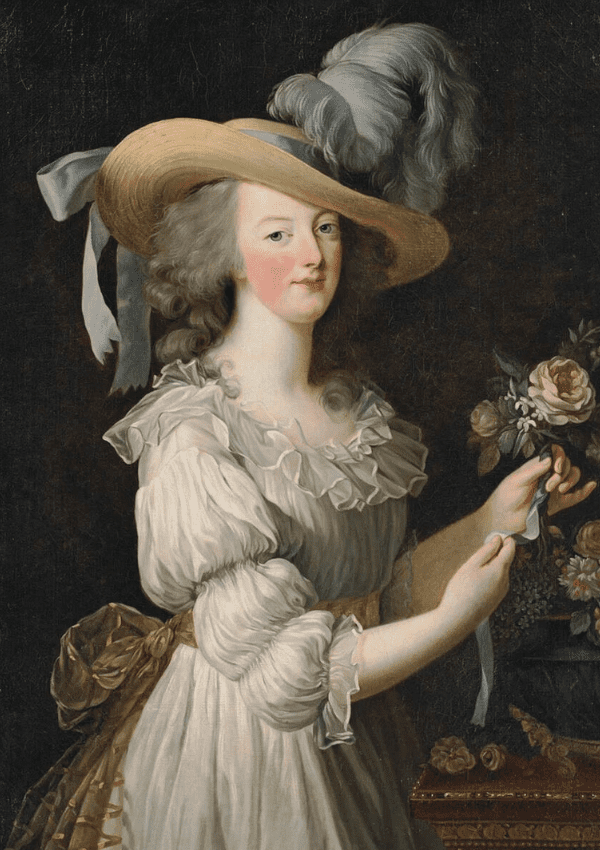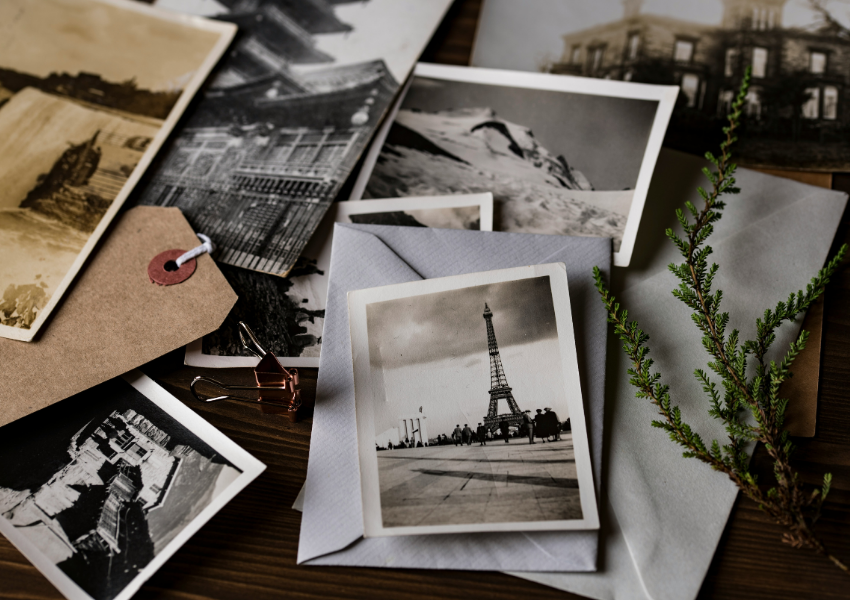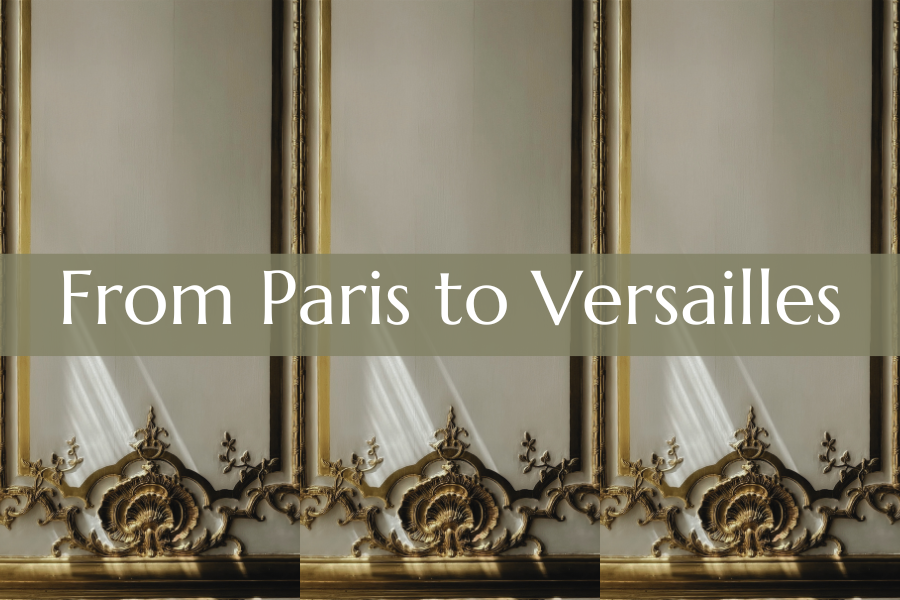
The Palace of Versailles, located just outside Paris, is a magnificent example of royal opulence and architectural grandeur that attracts visitors worldwide.
This post is dedicated to guiding you from the heart of Paris to the majestic halls of Versailles. Whether you’re a history buff, an art enthusiast, or simply searching for beauty, Versailles promises an unforgettable escape into the past.
Explore the best routes to Versailles and discover the splendor of this iconic French landmark with us. This guide ensures that your visit is as enriching as it is effortless.
This post is all about how to get from Paris to Versailles and why you should.
What is the Palace of Versailles?
The Palace of Versailles, a dazzling beacon of French aristocratic and architectural grandeur, is more than just a royal residence—it’s a symbol of the absolutist monarchy that ruled France until the French Revolution. Located just outside Paris, Versailles invites visitors to return to an era of opulence and artistry unmatched in European history.
Constructed initially as a hunting lodge by Louis XIII in 1623, it was his son, Louis XIV, who expanded the site into one of the largest palaces in the world, showcasing the might of his reign. The palace’s architecture and extensive gardens reflect the Sun King’s ambition to glorify his reign and France’s prominence. Versailles is renowned for its Hall of Mirrors, Grand Apartment, and lavish Royal Chapel. It epitomizes French Baroque architecture with ornate frescoes, sculptures, and tapestries.
Versailles isn’t just a monument to the excesses of monarchy; it also played a significant role in political history. The Treaty of Versailles, which ended World War I, was signed here in 1919. Today, the palace draws millions of visitors to admire its art and learn about its history. It is a quintessential destination for educational travel.
Interesting Versailles Figures
Versailles has been the residence of some of the most influential figures in European history.
Louis XIV, known as the Sun King, transformed Versailles from a simple hunting lodge into a symbol of absolute monarchy. His reign from 1643 to 1715 is notable for French power’s cultural flourishing and expansion. Under his rule, Versailles became the center of political power and a venue for elaborate displays of royal wealth and authority.
Napoleon Bonaparte used the Grand Trianon, another smaller palace on the grounds of Versailles, as a personal retreat. Although he spent minimal time at Versailles, his presence links the palace to another pivotal period in French history.

Marie Antoinette’s Versailles
The most famous resident was the Austrian princess who became the queen of France, another fascinating figure associated with Versailles. Born an Austrian archduchess in 1755, she became one of Versailles’ most iconic residents when she married Louis XVI at 14.
As queen, her life at Versailles was one of splendor and also intense scrutiny. Amidst the rigid formalities of French court life, she was often criticized for her lavish expenditures, which stirred public resentment.
Marie Antoinette sought refuge from the overwhelming pressures of court in the Petit Trianon, a small château on the palace grounds. She indulged her love for the pastoral, overseeing the creation of a model village, the Hameau de la Reine. She and her ladies-in-waiting would dress as shepherdesses and engage in simple rural activities. This retreat into an idyllic, though highly romanticized, peasant life was seen as an escapist fantasy. As a result, she was further alienated from the common people.
Her extravagant lifestyle and the famous, though apocryphal, quip “Let them eat cake,” attributed to her upon hearing of the peasants’ lack of bread, became symbols of the monarchy’s disconnect from the realities of French life. This disconnect contributed to the growing unrest, eventually leading to the French Revolution. Marie Antoinette’s residence at Versailles, thus, became a focal point of royal excess and public discontent, culminating in her arrest in 1792. Her life and the luxurious backdrop of Versailles remain a compelling story of contrasts between royal extravagance and revolutionary change.
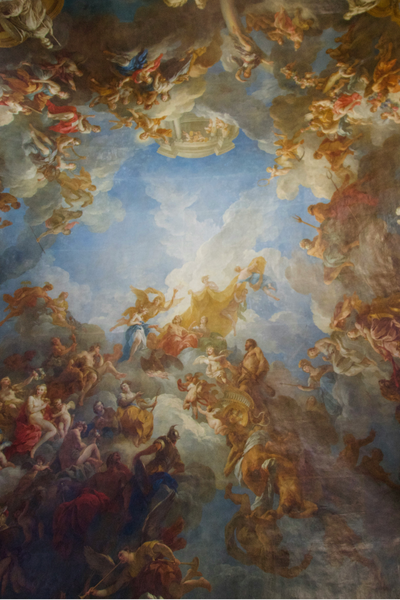
The Historical Significance of Versailles
The Palace of Versailles stands as a monumental symbol of cultural and historical significance, embodying the grandeur and complexity of French history. Versailles was not merely a royal residence but a center of political power designed to impress and overwhelm both domestic and foreign audiences with the might of the Sun King.
Versailles’s architectural and artistic achievements have impacted European art and architecture, promoting the French Baroque and Rococo styles. The Hall of Mirrors, the opulent gardens, and the overall symmetry and order of the palace have influenced countless royal residences across Europe, spreading French taste and standards of luxury.
Historically, Versailles played a central role in shaping the political landscape of Europe. It was the site of numerous significant events, including the signing of the Treaty of Versailles in 1919, formally ending World War I. This treaty reshaped national boundaries and had profound geopolitical consequences, highlighting Versailles as a symbol of past monarchies and a stage for modern diplomacy and international agreements.
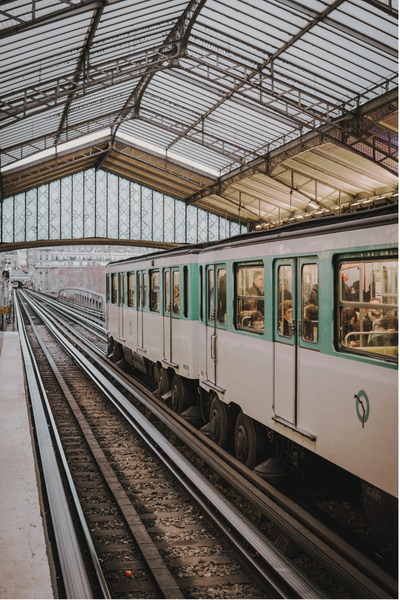
How to Get to from Paris to Versailles
Travelers can easily reach the Palace of Versailles from Paris, with various convenient and customizable options available.
By Train:
The most popular method is the RER C train. Visitors can catch the RER C from several major stations in Paris. The journey typically takes 30 to 40 minutes, and the palace is a 10-minute walk from the station. This route operates from early morning until late night, making it ideal for day trips.
By Bus:
Another option is the bus. The RATP bus line 171 travels from Pont de Sèvres (the terminus of the Paris metro line 9) to the palace itself. The bus ride takes approximately 30 minutes, depending on traffic, and drops you right in front of the palace.
By Car:
For those preferring to drive, Versailles is about a 20-kilometer drive from central Paris, typically taking around 30 minutes via the A13 motorway. Paid parking is available near the palace. Remember, it can fill up quickly during peak tourist seasons.
Guided Tours:
Several companies offer guided tours, which include transportation from Paris to Versailles. These can be a hassle-free way to visit, often including skip-the-line tickets and educational commentary. You have to be willing to be on someone else’s schedule. Read reviews carefully. I once ended up on the WORST tour of Stonehenge imaginable because of a guided tour.

Places To Eat Near Versailles
The surrounding area of Versailles offers a delightful array of eateries, from quaint cafés to upscale restaurants. For those preferring a more relaxed and budget-friendly option, packing a picnic to enjoy in the vast park of Versailles is an enchanting alternative. Remember, the Palace and its gardens do not permit food. However, the park’s expansive greens provide a perfect backdrop for a leisurely meal.
For travelers looking to indulge in the lavish lifestyle reminiscent of Marie Antoinette, there are several opulent dining experiences around Versailles. La Veranda by Gordon Ramsay offers a sumptuous menu in an elegantly designed setting, perfect for those wanting to taste the high life.
Another option is Ore—Ducasse au Château de Versailles, where diners can enjoy contemporary French cuisine within the regal walls of the palace during operating hours. These establishments offer exceptional food and a taste of the royal treatment.
This post was all about getting to Versailles from Paris!
Related Reading
Why You Should Drink ‘Til It’s Blurry At Monet’s Garden
11 Paris Travel Essentials and How to Pack Like a Parisian
Get Lost In Lost Generation Territory of Paris
3 Reasons to Fall in Love With Parisian Cafe Culture
12 Powerful Books to Make You Fall in Love with Paris

